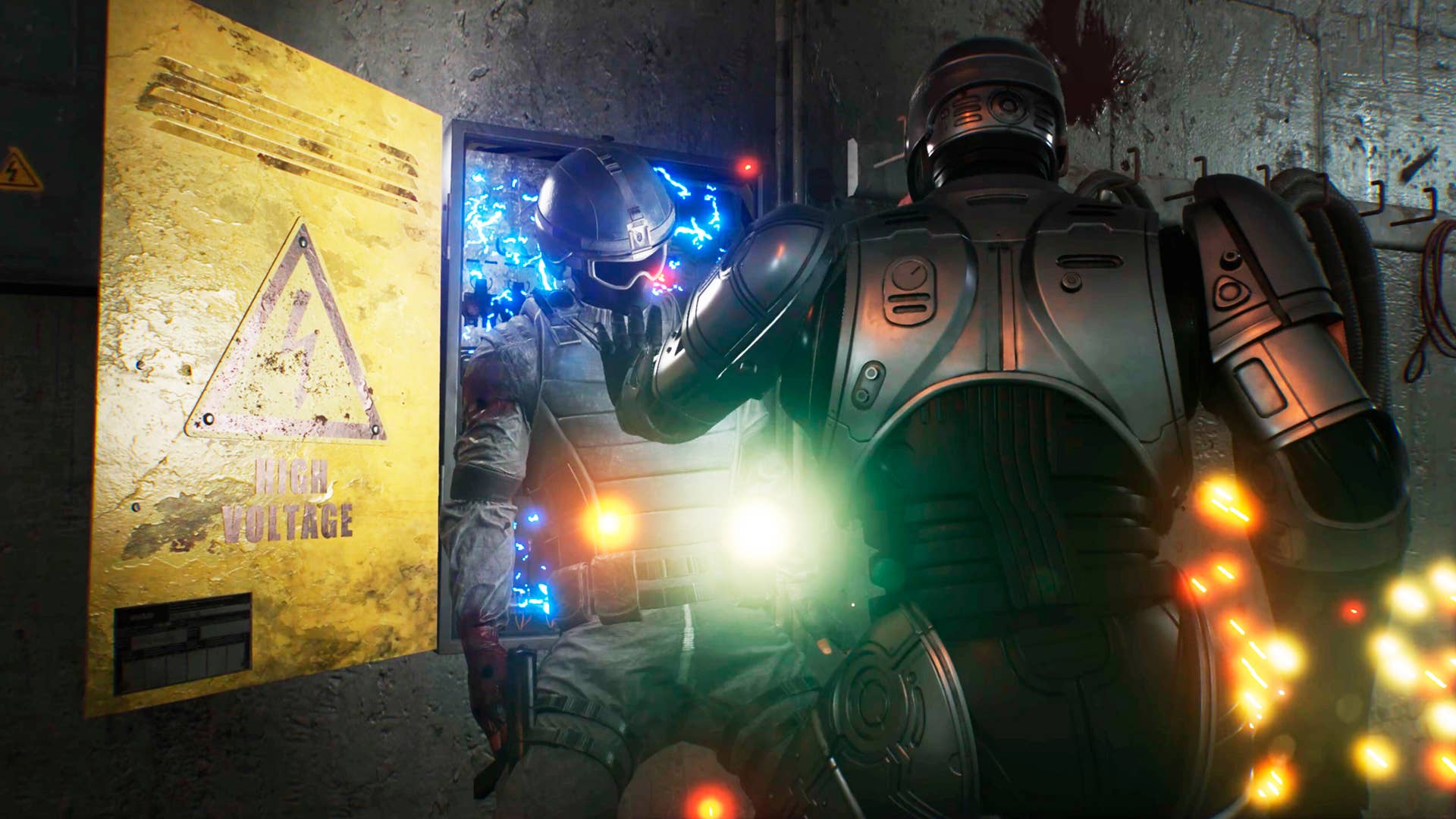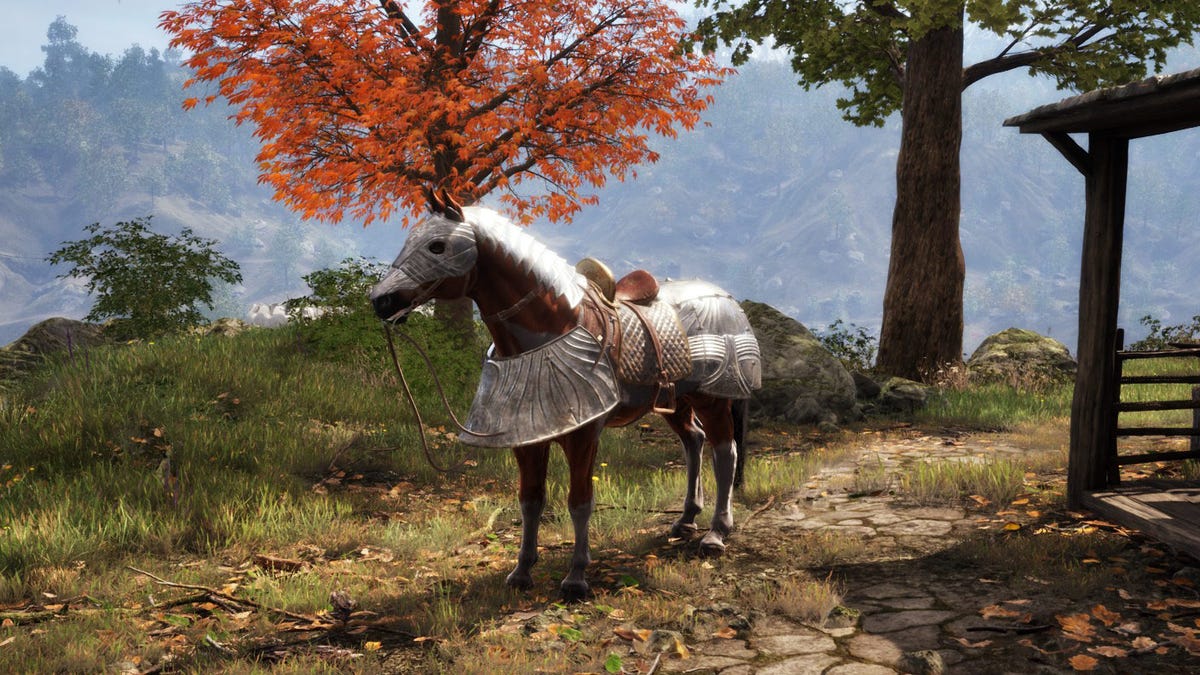Card Meets Board: How to Integrate Teen Patti into a Physical Board Game Format
Teen Patti as a board game isn’t just a gimmick — it’s a bridge between the traditional and the modern. By thoughtfully integrating game mechanics, social interaction, and design innovation, developers can breathe new life into this iconic Indian card game.

The world of gaming is evolving faster than ever. With digital platforms flourishing and physical games making a strong comeback, the idea of combining the traditional charm of Teen Patti with the tactile pleasure of a board game format is an exciting venture. Teen Patti, often dubbed as the “Indian Poker,” is a cultural classic — a social game that's loved across generations. But what happens when we take this digital or card-table classic and transform it into a physical board game?
That’s where innovation steps in. This blog explores how developers and designers can successfully adapt Teen Patti into a board game experience, merging two beloved formats into one dynamic entertainment package.
Understanding the Core Mechanics of Teen Patti
Before diving into the board game world, it’s essential to understand what makes Teen Patti so addictive. At its core, Teen Patti is a simplified version of poker where each player is dealt three cards. With betting, bluffing, and chance as its main ingredients, the game is fast-paced and rich in suspense.
Any skilled Teen Patti Game Development Company would acknowledge that the heart of the game lies in the social interaction, quick decision-making, and high-stakes fun. These elements are crucial to preserve in a board game adaptation.
Why a Board Game?
You might wonder — why take a card game and turn it into a board game at all? The answer lies in experience.
Board games offer a tactile engagement that mobile apps and online games can’t match. The pieces, the board design, the interaction of moving parts — all of it adds to the immersion. A Board Game Development Company sees this as an opportunity to introduce game mechanics like player movement, tokens, mini-challenges, and storyline-based progression that can enhance the core gameplay of Teen Patti.
Key Challenges in Integration
Creating a board game version of Teen Patti isn’t just about printing cards and slapping them on a fancy board. It requires deep planning, iteration, and testing. Here are a few core challenges developers need to overcome:
1. Preserving the Betting System
Teen Patti is built around its betting mechanism. Without real money or chips, how can this element be retained in a board game format? One way is to use game tokens or coins that represent "in-game currency." These can be earned through challenges or strategic wins, adding another layer to gameplay.
2. Introducing Movement and Progression
A board game needs physical progression — spaces, paths, or levels. Developers could design a circular or linear board where players move based on wins, specific card combos, or completing in-game tasks. Each space can trigger events like mini-games, bonus chips, or card swaps.
3. Enhancing Player Interaction
The social nature of Teen Patti is vital. The board game version should encourage alliances, bluffing, negotiation, and strategy. Custom cards or spaces that allow players to team up, sabotage each other, or bluff their way into bonuses can mimic the excitement of live Teen Patti sessions.
Game Design Elements to Consider
When blending a card game like Teen Patti into a board game, several design elements can either elevate or sink the experience. Let’s explore a few innovative ideas:
• Modular Boards
To keep each session fresh, developers can use modular boards that change layout with each game. This gives a dynamic element to movement and progression.
• Character Cards
Imagine giving each player a role — like "The Hustler" or "The Strategist" — each with unique perks or powers. This RPG-like twist adds a whole new level of strategy.
• Power-Ups and Penalties
Using action cards to trigger special abilities, like peeking at another player's cards or skipping a round, could spice up the standard Teen Patti format.
A seasoned Board Game Development Company would ensure these enhancements don’t dilute the core experience but rather complement it.
Prototype Testing and Iteration
Once the concept is in place, it's time to prototype. Developers must test everything — from the card mechanics to the balance of in-game currency. A Teen Patti Game Development Company with experience in gameplay balancing can run multiple playtests with various demographics to ensure the fun factor remains intact.
What’s critical here is player feedback. Does the game feel like Teen Patti? Is it fun without real money? Are players engaged throughout, or is there downtime? Iteration based on these responses is key.
Production and Packaging
The final stage is production — arguably as important as the game design itself. Components should feel premium, artwork should reflect the game's Indian roots, and the rulebook must be accessible to both new players and Teen Patti veterans.
Also, board game packaging must catch the eye — especially if the product is being marketed as a gift item or a party game. This is where partnerships with creative artists and packaging experts come in.
A skilled Board Game Development Company often works closely with printers, illustrators, and logistics teams to bring the concept to market smoothly.
Marketing and Distribution
Even the best board game can flop if no one knows about it. A strong marketing strategy is essential. Social media campaigns, unboxing videos, influencer reviews, and in-store demos can create buzz. Partnering with game cafes, online platforms, and regional festivals can help generate traction, especially in Indian markets where Teen Patti already has a strong cultural presence.
Likewise, a Teen Patti Game Development Company entering the board game market must understand both digital and physical channels of distribution — from Amazon to Flipkart to local game stores.
Conclusion: The Future of Card-Board Hybrids
Teen Patti as a board game isn’t just a gimmick — it’s a bridge between the traditional and the modern. By thoughtfully integrating game mechanics, social interaction, and design innovation, developers can breathe new life into this iconic Indian card game.
Whether you’re a passionate player, an indie developer, or a leading Board Game Development Company, the potential here is immense. With the right design and creative execution, the next big hit in Indian board games might just be a familiar name — Teen Patti, reimagined.



































































![Apple Shares New Ad for iPhone 16: 'Trust Issues' [Video]](https://www.iclarified.com/images/news/97125/97125/97125-640.jpg)


![At Least Three iPhone 17 Models to Feature 12GB RAM [Kuo]](https://www.iclarified.com/images/news/97122/97122/97122-640.jpg)













![Hands-on: Motorola’s new trio of Razr phones are beautiful, if familiar vessels for AI [Gallery]](https://i0.wp.com/9to5google.com/wp-content/uploads/sites/4/2025/04/motorola-razr-2025-family-9.jpg?resize=1200%2C628&quality=82&strip=all&ssl=1)
![The big yearly Android upgrade doesn’t matter all that much now [Video]](https://i0.wp.com/9to5google.com/wp-content/uploads/sites/4/2025/04/Android-versions-1.jpg?resize=1200%2C628&quality=82&strip=all&ssl=1)



![Apple appealing $570M EU fine, White House says it won’t be tolerated [U]](https://i0.wp.com/9to5mac.com/wp-content/uploads/sites/6/2025/04/Apple-says-570M-EU-fine-is-unfair-White-House-says-it-wont-be-tolerated.jpg?resize=1200%2C628&quality=82&strip=all&ssl=1)

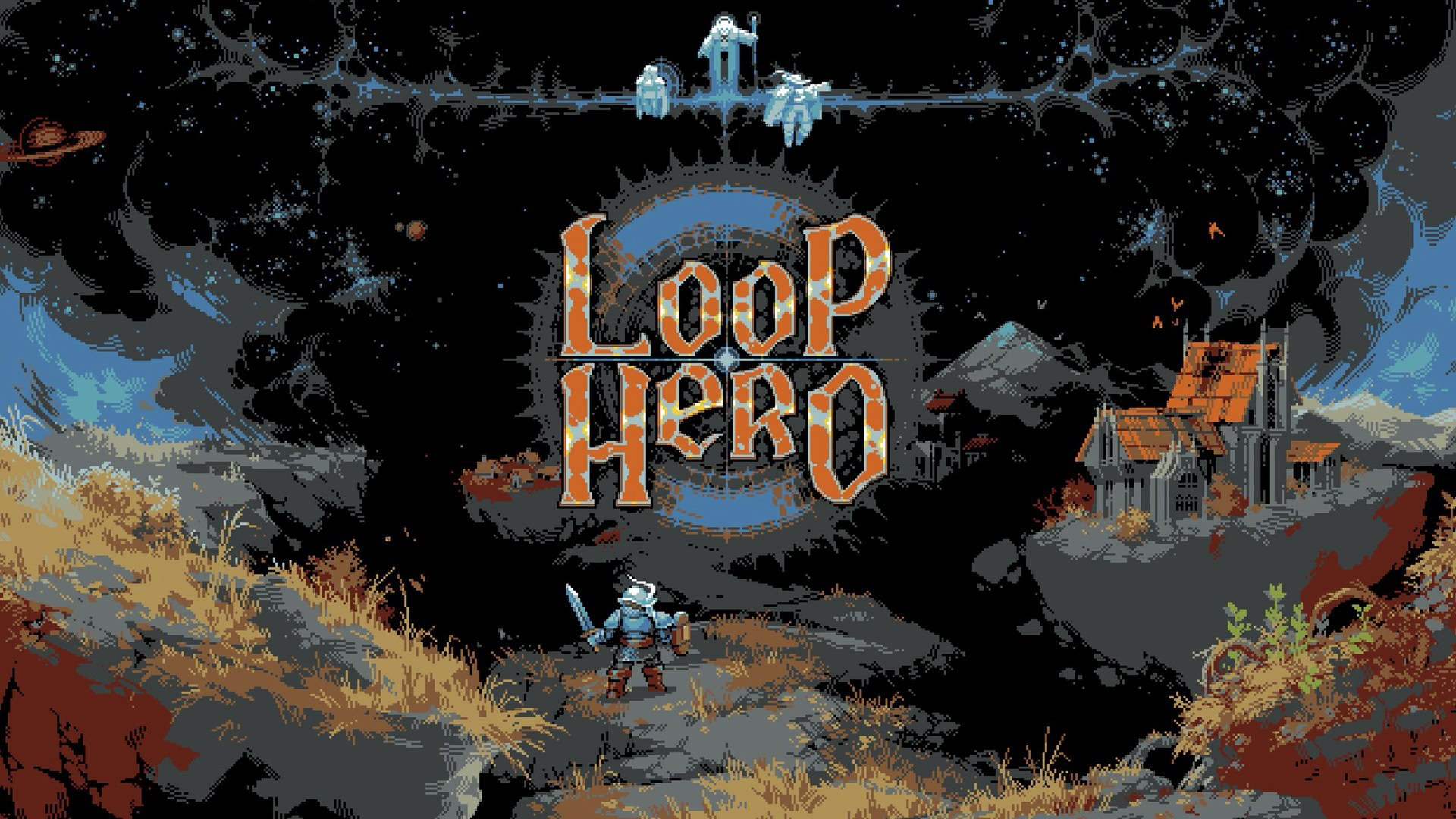


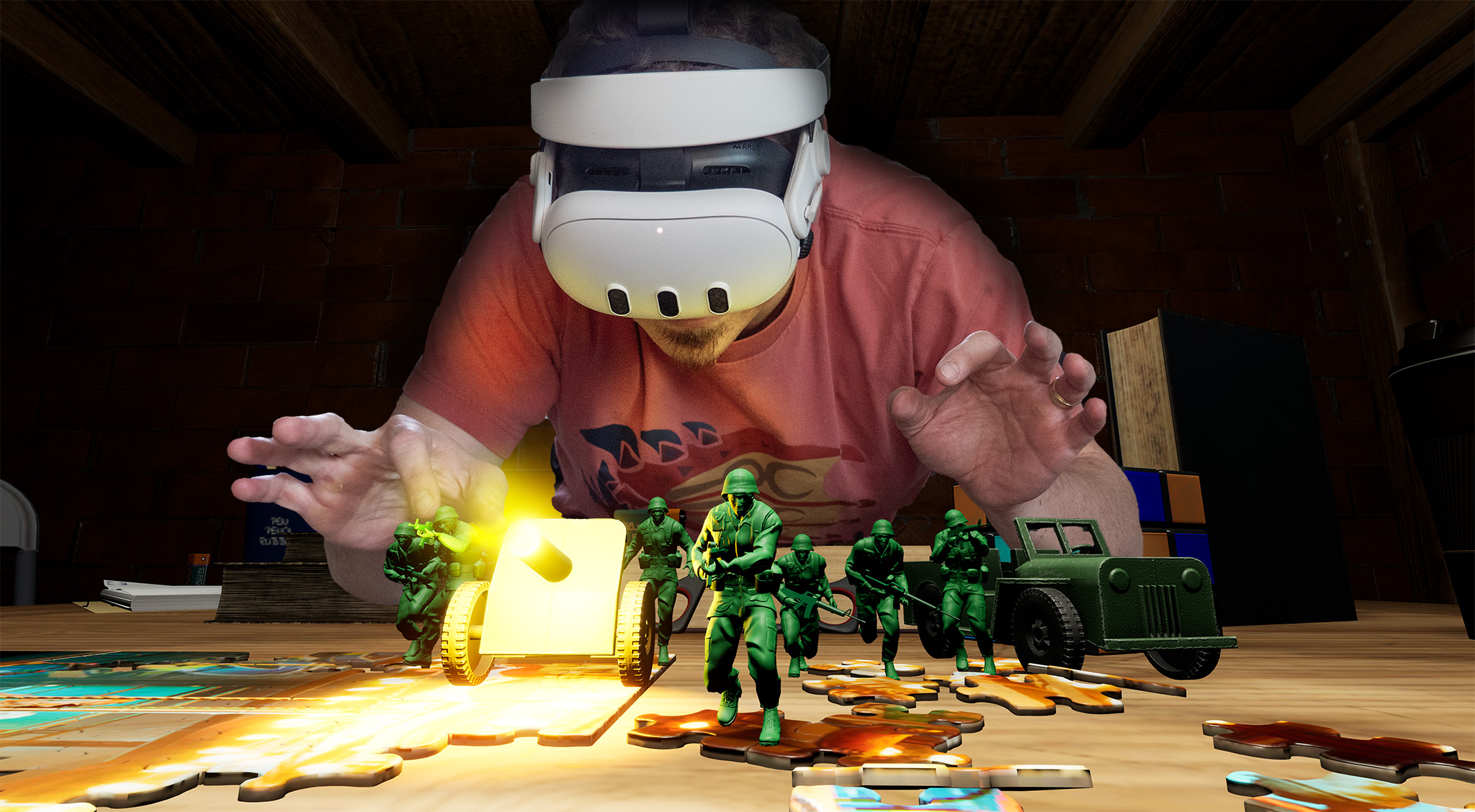





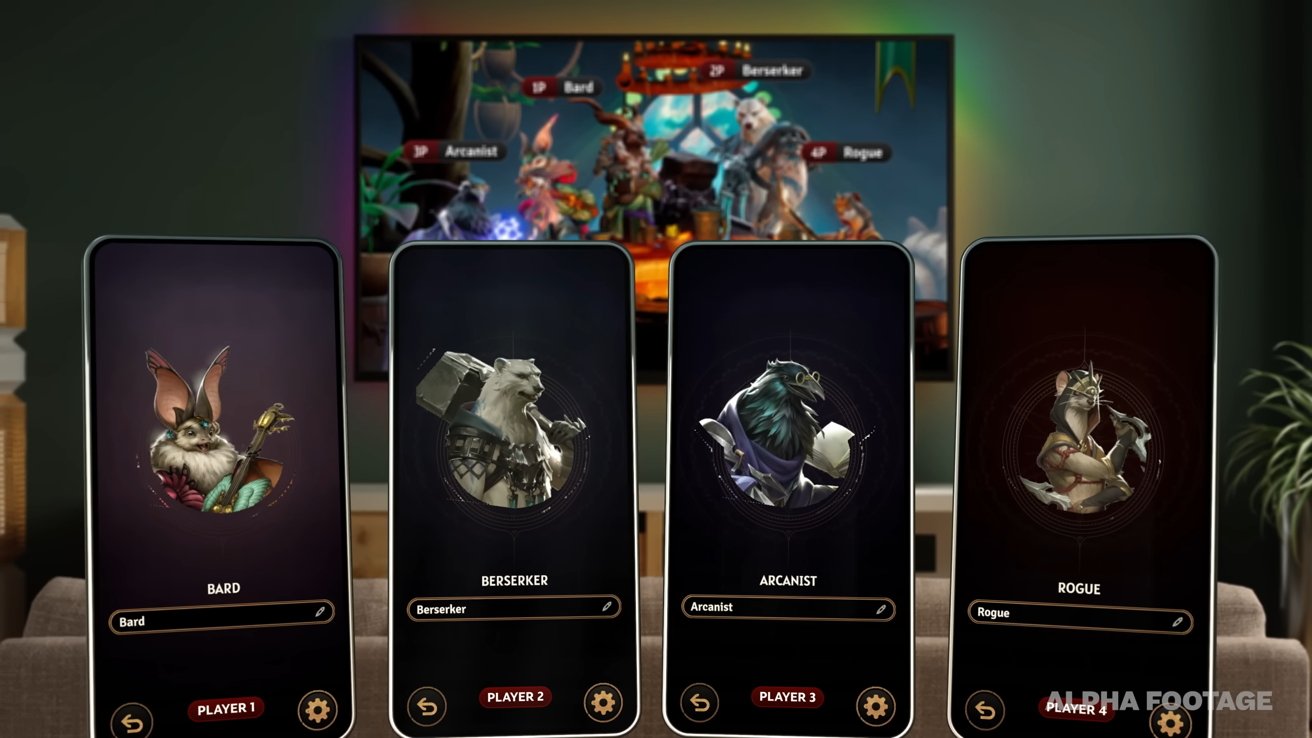




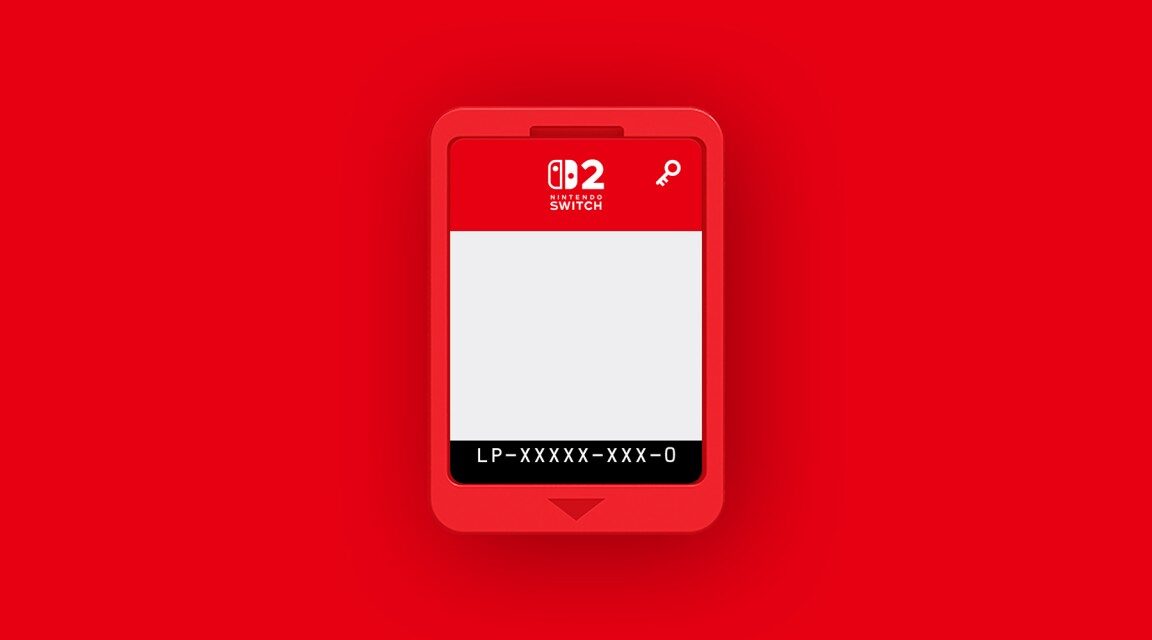








































































_NicoElNino_Alamy.png?width=1280&auto=webp&quality=80&disable=upscale#)




















































































![[The AI Show Episode 144]: ChatGPT’s New Memory, Shopify CEO’s Leaked “AI First” Memo, Google Cloud Next Releases, o3 and o4-mini Coming Soon & Llama 4’s Rocky Launch](https://www.marketingaiinstitute.com/hubfs/ep%20144%20cover.png)

































































































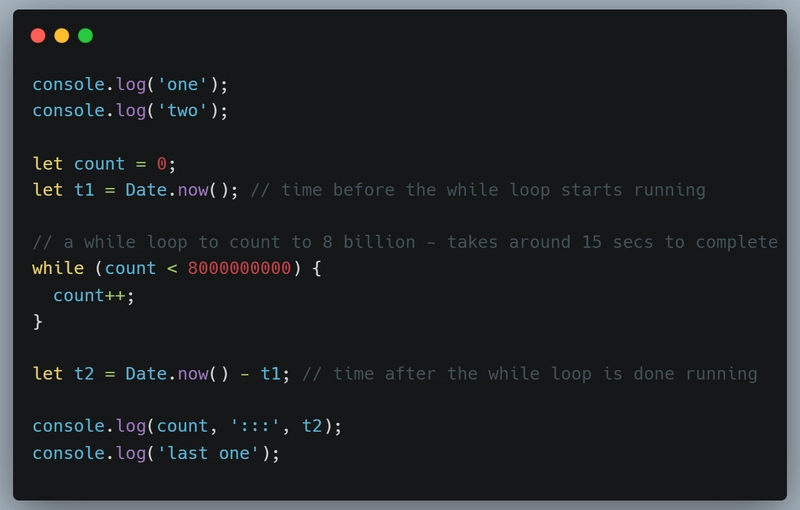













































![[DEALS] Sterling Stock Picker: Lifetime Subscription (85% off) & Other Deals Up To 98% Off – Offers End Soon!](https://www.javacodegeeks.com/wp-content/uploads/2012/12/jcg-logo.jpg)









